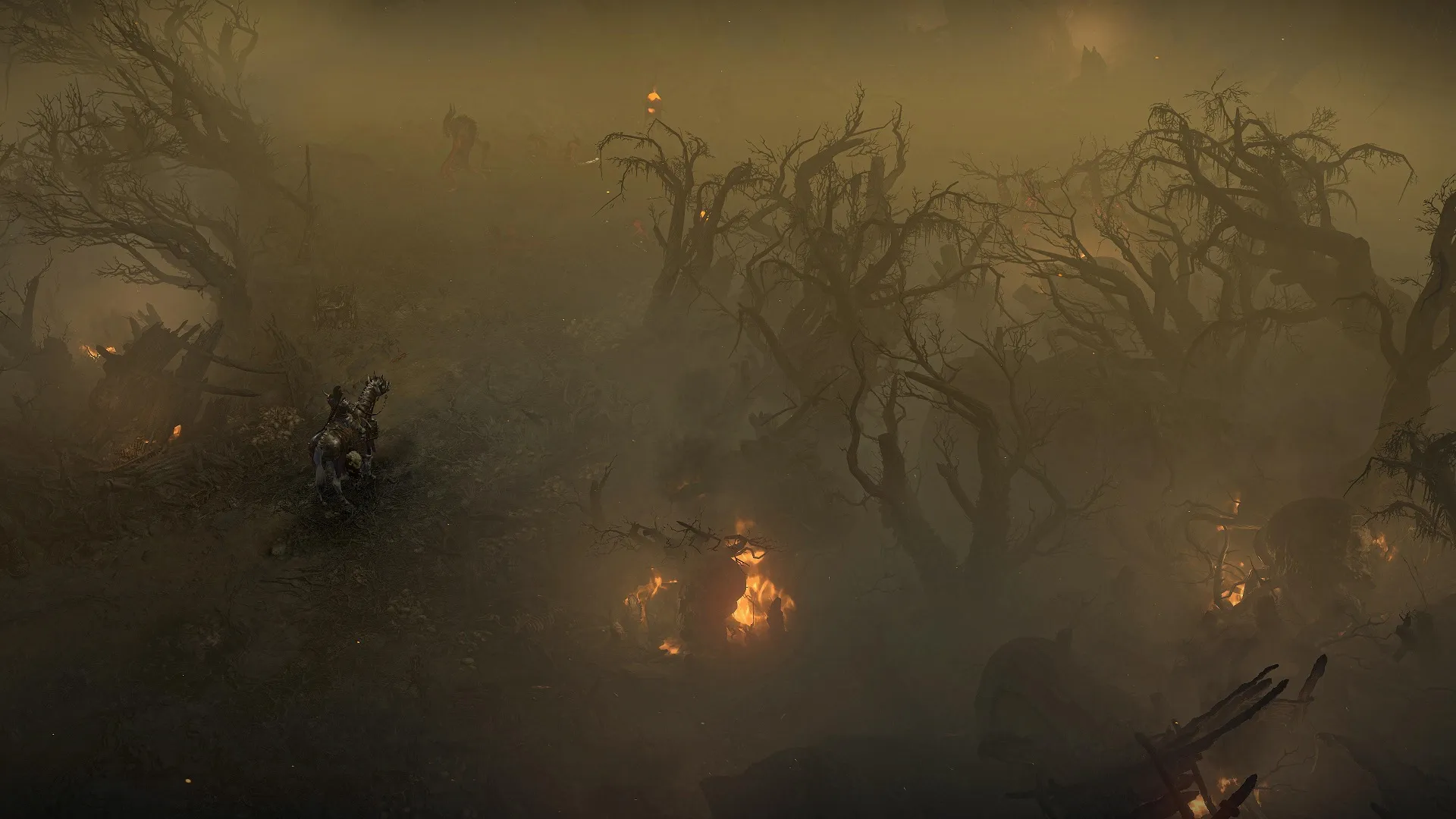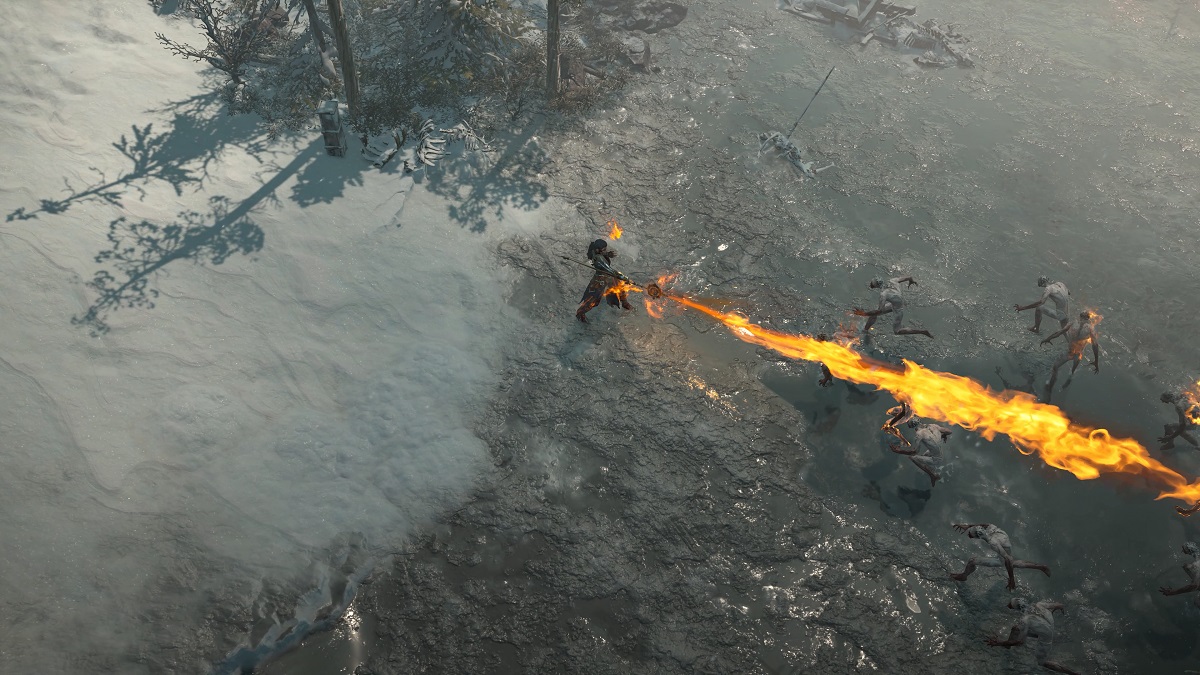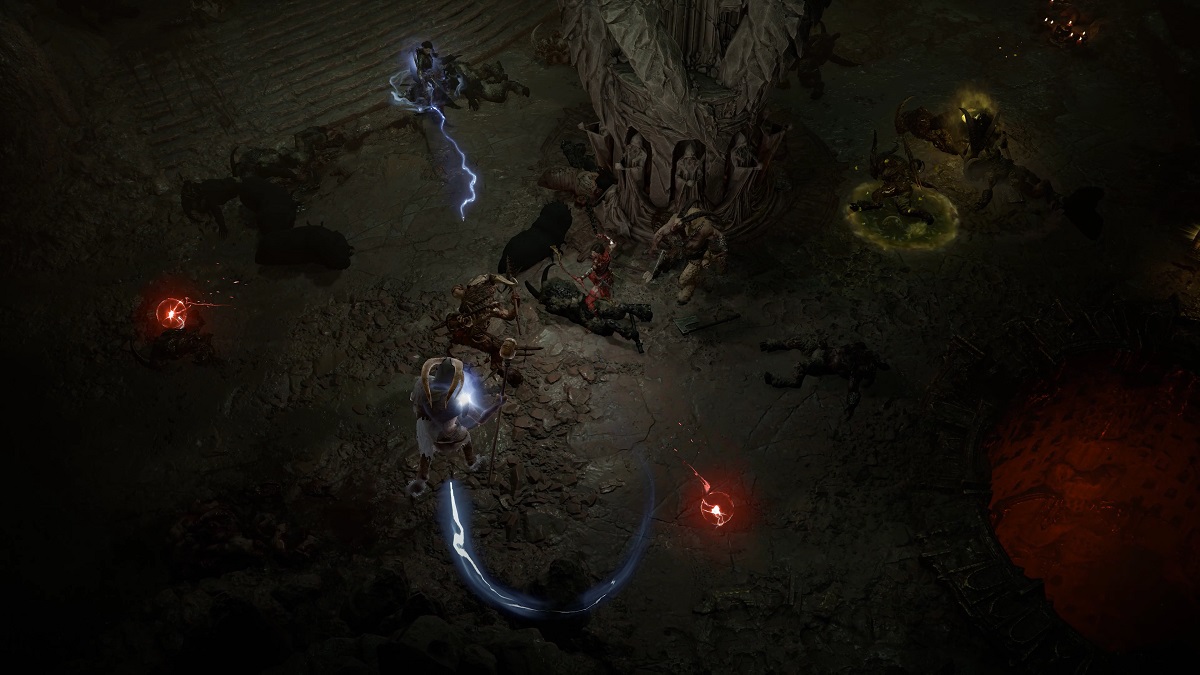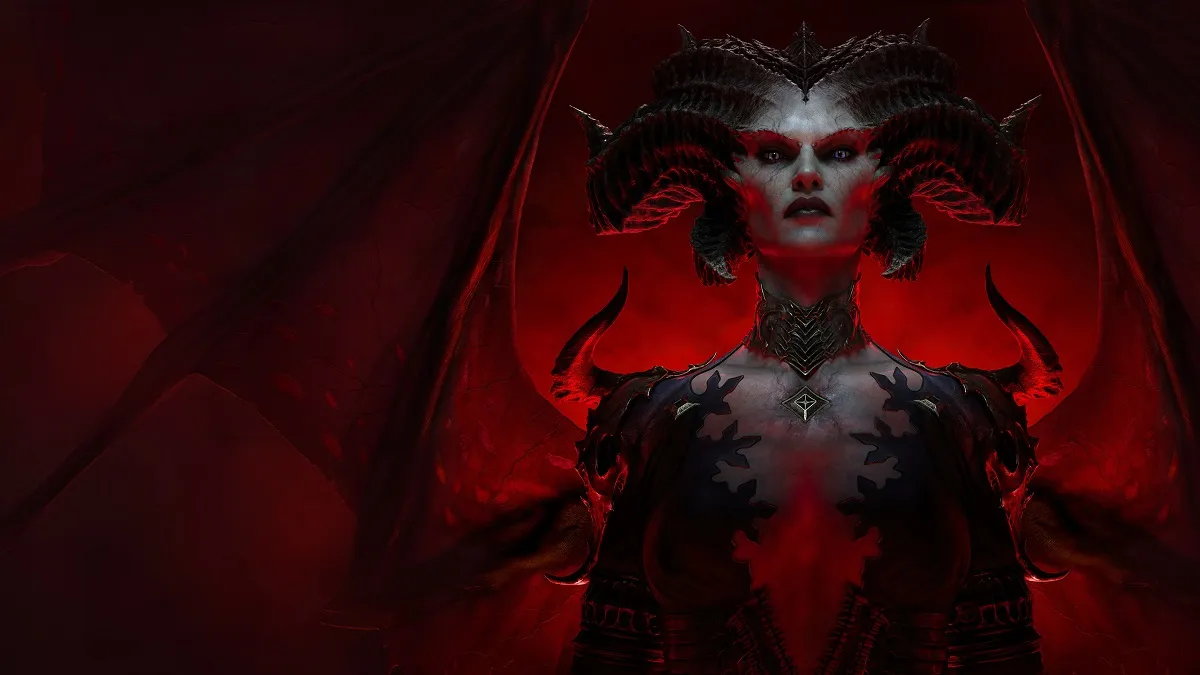It’s been 11 years since Diablo III launched (or, tried to launch) and I can still remember sitting in my childhood bedroom, bleary-eyed, at my computer which adorned an antique writing desk barely big enough for my keyboard. I’d say I can’t believe it, but I can — 11 years is a long time. I still cherish these memories of playing with friends until I quite literally fell asleep at my desk, trying to squeeze in a few precious hours after the closing shift at my part-time job. Diablo III had problems — big problems — but I was too young and having too much fun to really care. So, when I say it’s surreal to be not only playing Diablo IV, but reviewing it, it’s because my newly critical, somewhat jaded attitude wasn’t enough to stop myself from feeling that way again.
The sins of the father weigh heavy on Diablo IV. From Diablo III’s error-laden launch to Diablo Immortal’s blatantly pay-to-win mechanics, Blizzard is fighting an uphill battle when it comes to winning back series veterans — especially with Diablo II Resurrected on the scene. So, where does it land? Is this a “true” enough Diablo experience to satisfy, while bringing enough to the table to justify its belated arrival? In this child-turned-almost-man’s opinion: Yes.
Diablo IV‘s most striking departure from its predecessor is its art style. Gone are the brightly colored, almost painterly pastel textures of Diablo III. In their place are downright dreary earth tones, cold blues, and sanguine reds which bleed into darkness at the edges of the frame. “Oppressive” is the word of the day, but there are brief punctuations of brightly colored flames and spells that tear through the darkness. There are also the blinding sands and snow of the game’s desert and snowy environments, but rarely is the on-screen palette very saturated.

This all might sound a bit dour but rest assured the new art style is downright gorgeous. Every aspect of the game’s visual design, from the way spells make clearings in snow and grass to the sheer readability of enemy attacks and animations, is near-perfect. The feedback when playing is second-to-none — there are simply no action RPGs that can hope to match the quality of moment-to-moment gameplay present here.
I want to quickly shout out Diablo IV’s tile sets. For the uninitiated, these are the “building blocks” used to make the game’s randomly generated maps (those seen in the game’s dungeons and cellars). These tile sets are downright gorgeous, and they come in a wide variety, from icy caverns to gore-strewn catacombs. I struggle to recall a time during my playthrough when I saw the same tile set twice in a dungeon — granted, I was picking and choosing based on the legendary aspects I wanted to earn.
During my playthrough of the game’s story, I swapped between a controller and keyboard and mouse more than a few times. My verdict? Controller wins out in nearly any combat scenario for one reason: avoidable damage. Diablo IV’s biggest contribution to the action RPG space is its focus on being able to not only react to but actively avoid enemy attacks. Bosses and large enemies can be dodged, reliably, to avoid taking unnecessary hits. This flies in the face of many other games of the same type where bosses are slap-fights reliant solely on your damage resistance stat. Diablo IV plays more like Hades than, say, Path of Exile, and it’s fantastic.

Another of Diablo IV’s key features is its “Enchantment” system. These two slots, unlocked as you progress, allow you to equip any two spells (even ones you’ve only unlocked via gear) for passive bonuses. It’s like having on-the-fly legendary powers that you can modify depending on the situation. For instance, my ice sorcerer had a legendary which reduced my incoming damage when standing in my blizzard, so I slotted Blizzard into my enchantment slot for one that periodically spawned and followed me around. There are so many ways the game’s gear and skills play off each other this way, and more ways than ever to ensure you’re making the most of your build.
From extracting legendary powers to put them onto different pieces to unlocking them outright via dungeons, Diablo IV makes it easier than ever to get your hands on cool synergies. Maximizing their usefulness is where the endgame grind is focused. Instead of settling for a so-so legendary aspect, you’ll want to find the best possible roll on a naturally occurring piece of gear, then slot it onto the best possible rare item you can find. There’s quite a bit of depth to the game’s itemization (but not quite as much as, say, Grim Dawn), including gear that increases skills beyond their level cap and those that increase damage against specific status effects.
Playing Diablo IV to get more powerful is fun enough in its own right but by the end (and I can’t believe I’m saying this) I was more motivated by the plot than anything. The story of Lilith and Sanctuary is captivating throughout, and there’s a sort of wonderful Mad Max quality to you, the Wanderer, wandering into places and people and experiencing their stories as they happen around you. Rarely are you the center of attention, and I appreciated the larger focus on the inhabitants of this doomed world.

Beyond the main story, you’ll be exploring the open world looking for dungeons, strongholds, cellars, and altars of Lilith. Dungeons are smaller, bite-sized outings with randomized layouts while strongholds exist in the game’s overworld. Cellars, on the other hand, are one aspect of Diablo IV‘s design that I take some issue with. These are very small, usually just a hallway connected to a battle arena with a handful of foes and a single champion. They reward you with a chest, but it’s hardly enough to justify their inclusion. The good news is that overworld map completion grants you experience which earns both your character and account permanent unlocks.
Another key feature that sets Diablo IV apart from its peers is the open world, including MMO-lite elements such as world bosses, public events, and emergent cooperation. These are a bit divisive in the community, and I wish I had more hands-on experience with them (I didn’t run into other players during my review period, but did during the open beta), but I find them unobtrusive and welcome. The world is overbearing enough, and the atmosphere of solo adventuring isn’t sullied by the odd passerby. These inclusions simply serve to justify the game’s massive scale and invite some new, more social aspects to the endgame activities.
It’s hard to encompass the vastness of Diablo IV in a prerelease review. We have yet to see much of the endgame, let alone Season 1. So you’ll have to forgive this slightly “casual” review, but trust me when I say I truly believe what is here is fantastic, and lays an incredibly solid foundation for the years to come.
This review is based on the PC version of the game. A copy was provided to us by Blizzard Entertainment.










Published: May 30, 2023 11:00 am